Discover Australia's most iconic monolith - a sacred sandstone formation rising majestically from the Red Centre, offering spiritual connection and breathtaking desert landscapes in the heart of Australia
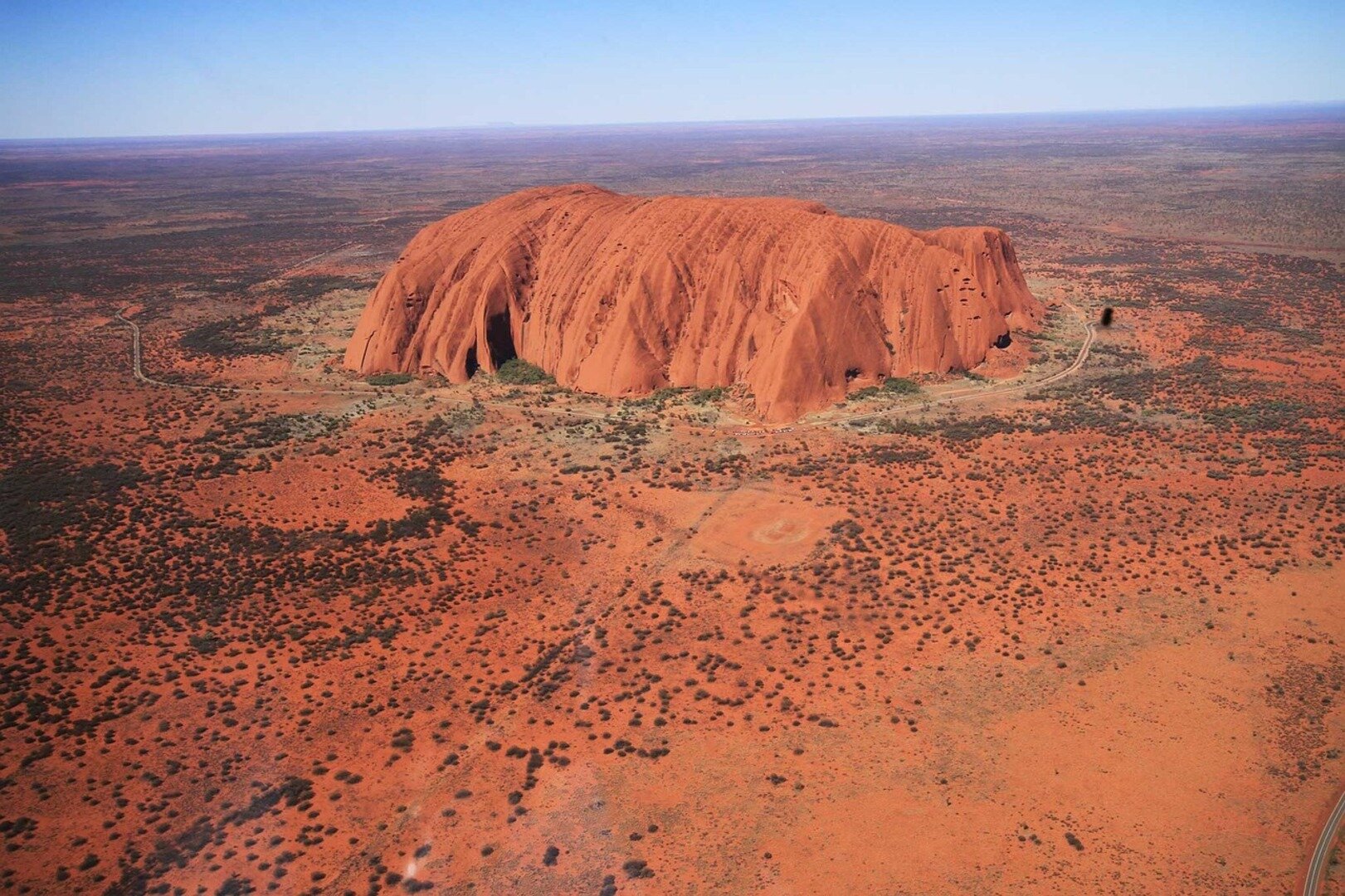
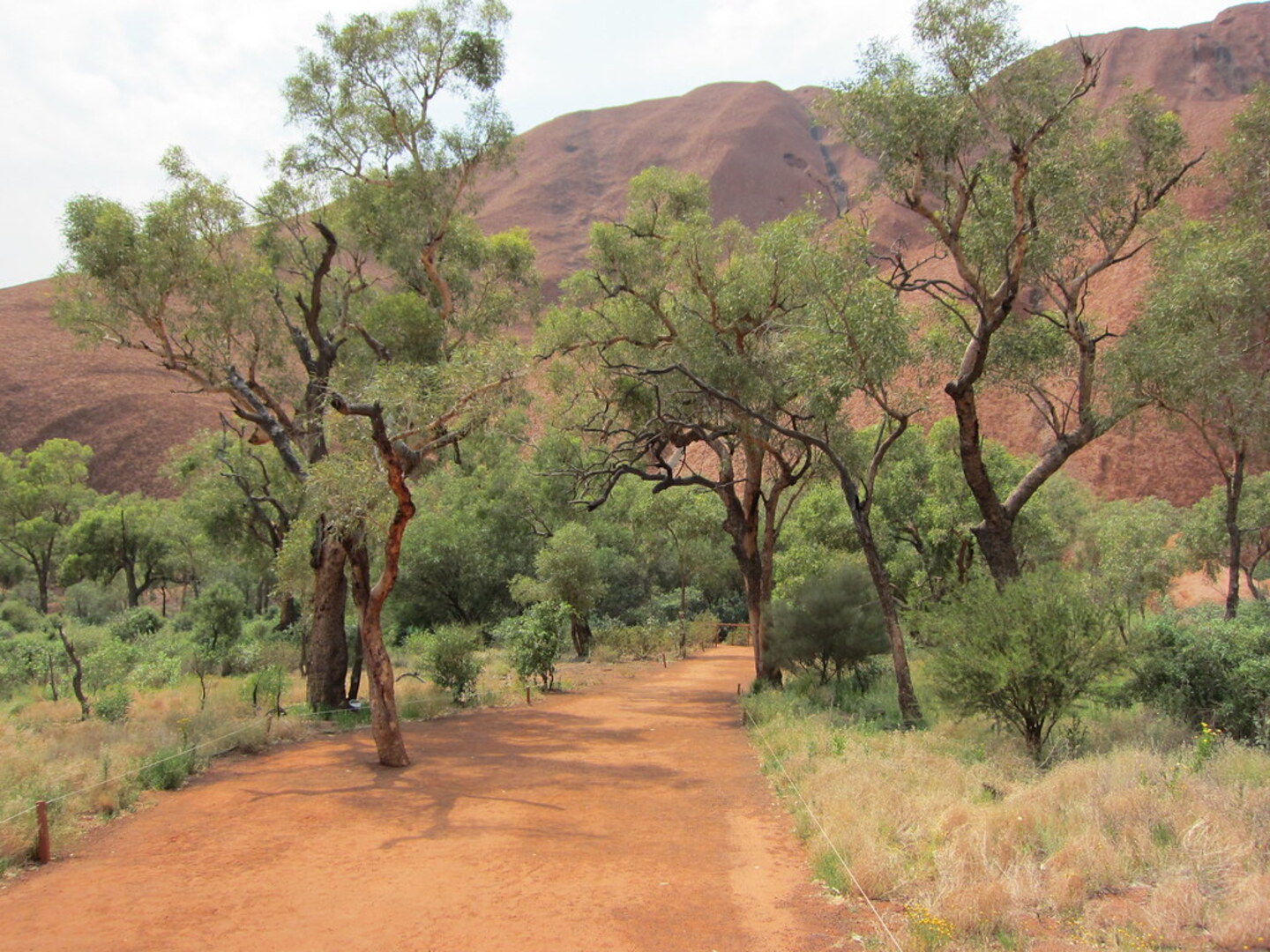
Discover Australia's spiritual heart on a 10.5-kilometer walk around the entire base of Uluru! Get incredible views of the red desert landscape as the sun rises. Listen to an informative commentary about the sacred site.
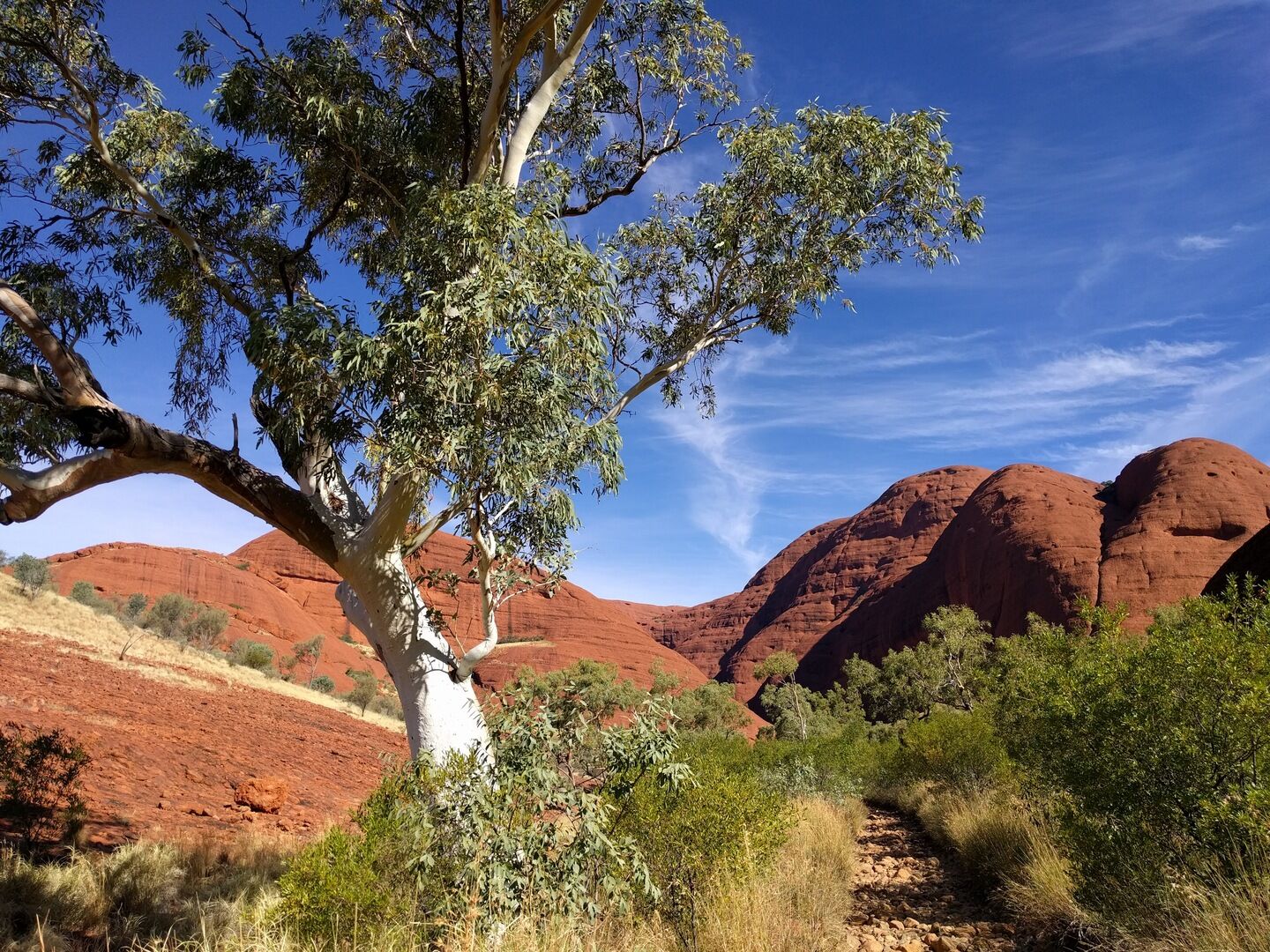
On this tour you'll discover the most scenic section of Uluru by Segway. Explore on foot many of Uluru's caves and see ancient Aboriginal rock art.
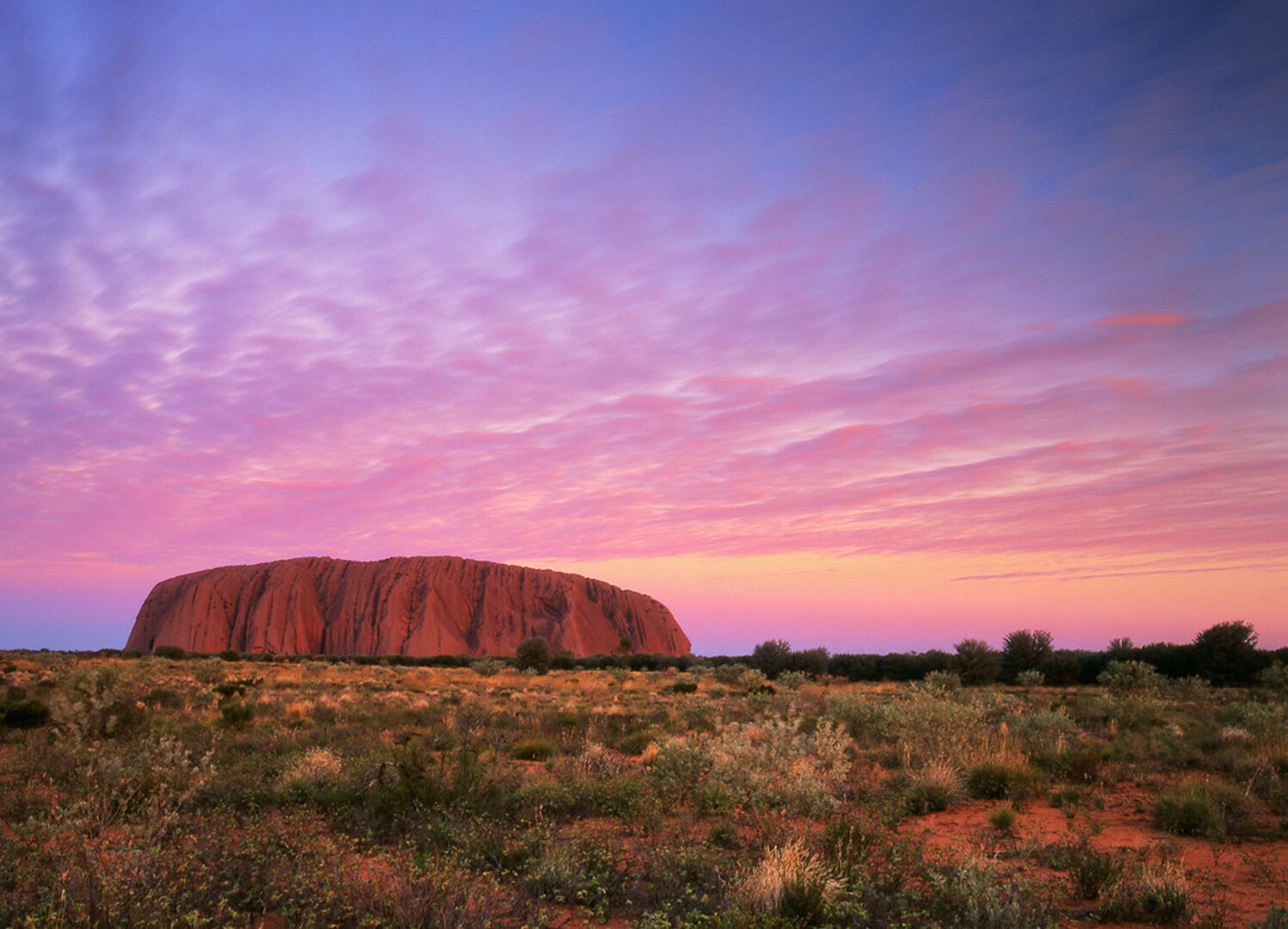
Experience Uluru at sunrise on a 6 hour, small-group tour. Walk the full base of Uluru and enjoy breakfast along the way. See ancient rock art, explore Mutitjulu waterhole, and visit Kantju Gorge.
Uluru, rising 863 meters above the surrounding desert plains, stands as Australia's most sacred and iconic landmark. This massive sandstone monolith has been a spiritual centerpiece for the Anangu people for over 60,000 years, representing the heart of their cultural and ceremonial life.
The rock is part of Uluru-Kata Tjuta National Park, which also includes Kata Tjuta (The Olgas), another spectacular rock formation. The area is home to unique desert wildlife including red kangaroos, dingoes, and over 170 bird species, all adapted to the harsh but beautiful Red Centre environment.
Uluru lies within a UNESCO World Heritage site that protects both the natural landscape and the living Aboriginal culture, making it one of the few places on Earth recognized for both cultural and natural significance.
Explore Rock Features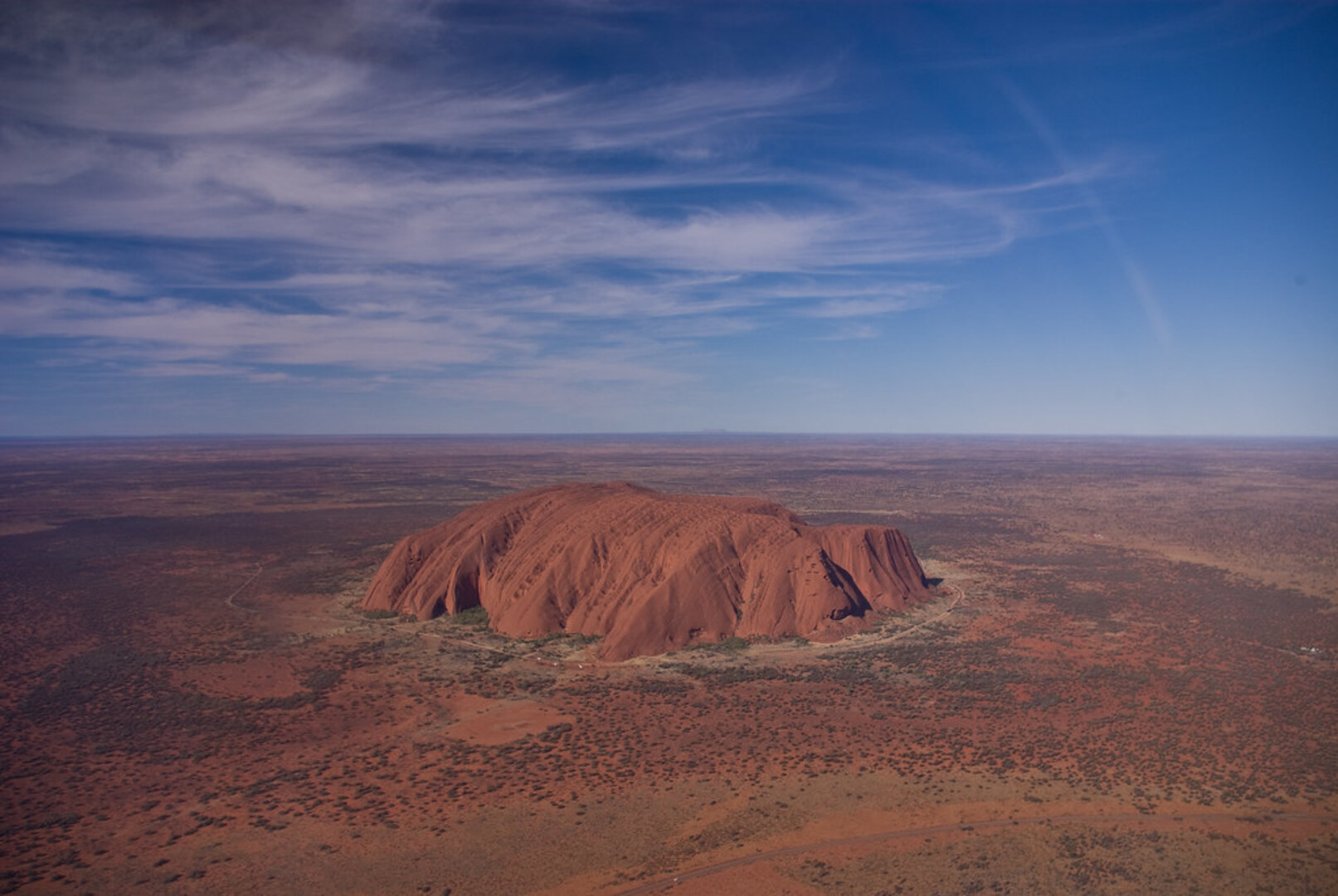
Experience one of the world's most significant spiritual places, where Anangu culture has flourished for over 60,000 years and continues to thrive today.
Spot red kangaroos, dingoes, echidnas, and over 170 bird species that call the Red Centre home, all perfectly adapted to this harsh desert environment.
Witness 550-million-year-old sandstone formations, ancient waterholes, and the dramatic contrast between red rock and endless blue skies.
Capture the incredible color changes of Uluru throughout the day, from deep purple at dawn to brilliant red at sunset, creating unforgettable images.
Uluru has been sacred to the Anangu people for over 60,000 years, representing the ancestral beings who created the landscape during the Dreamtime. Every cave, waterhole, and rock formation tells ancient stories passed down through generations, making it one of the world's oldest continuous cultural landscapes.
The first recorded European sighting was in 1873 by William Gosse, who named it Ayers Rock after South Australian Premier Henry Ayers. However, the traditional Aboriginal name Uluru was officially restored in 1993, acknowledging the rightful custodians of this sacred site.
Now a UNESCO World Heritage site and one of Australia's most visited attractions, Uluru continues to be actively managed by the Anangu people in partnership with Parks Australia, preserving both its natural beauty and profound cultural significance for future generations.
Learn more about Uluru's history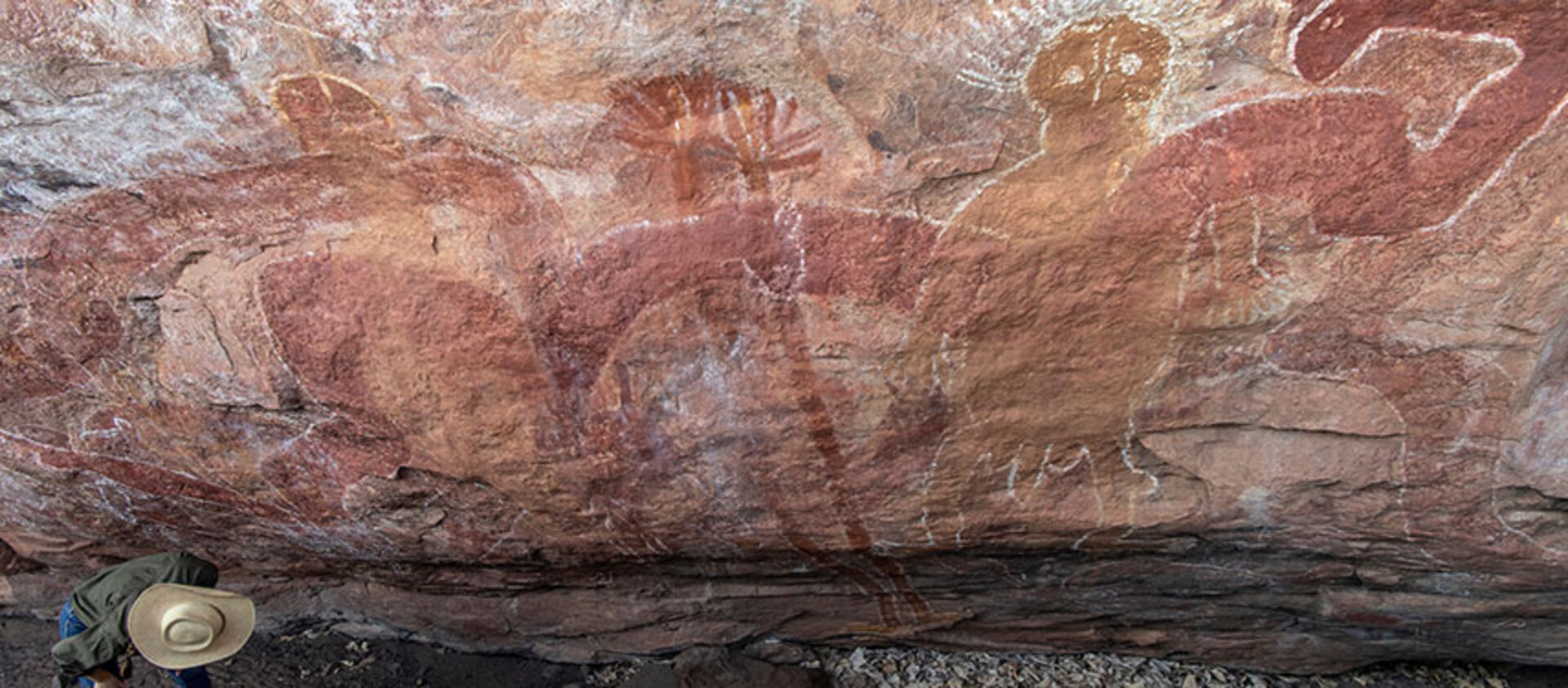
Discover some of Australia's oldest continuous art traditions with rock paintings and carvings that tell Dreamtime stories and represent thousands of years of Anangu culture and spiritual connection to the land.
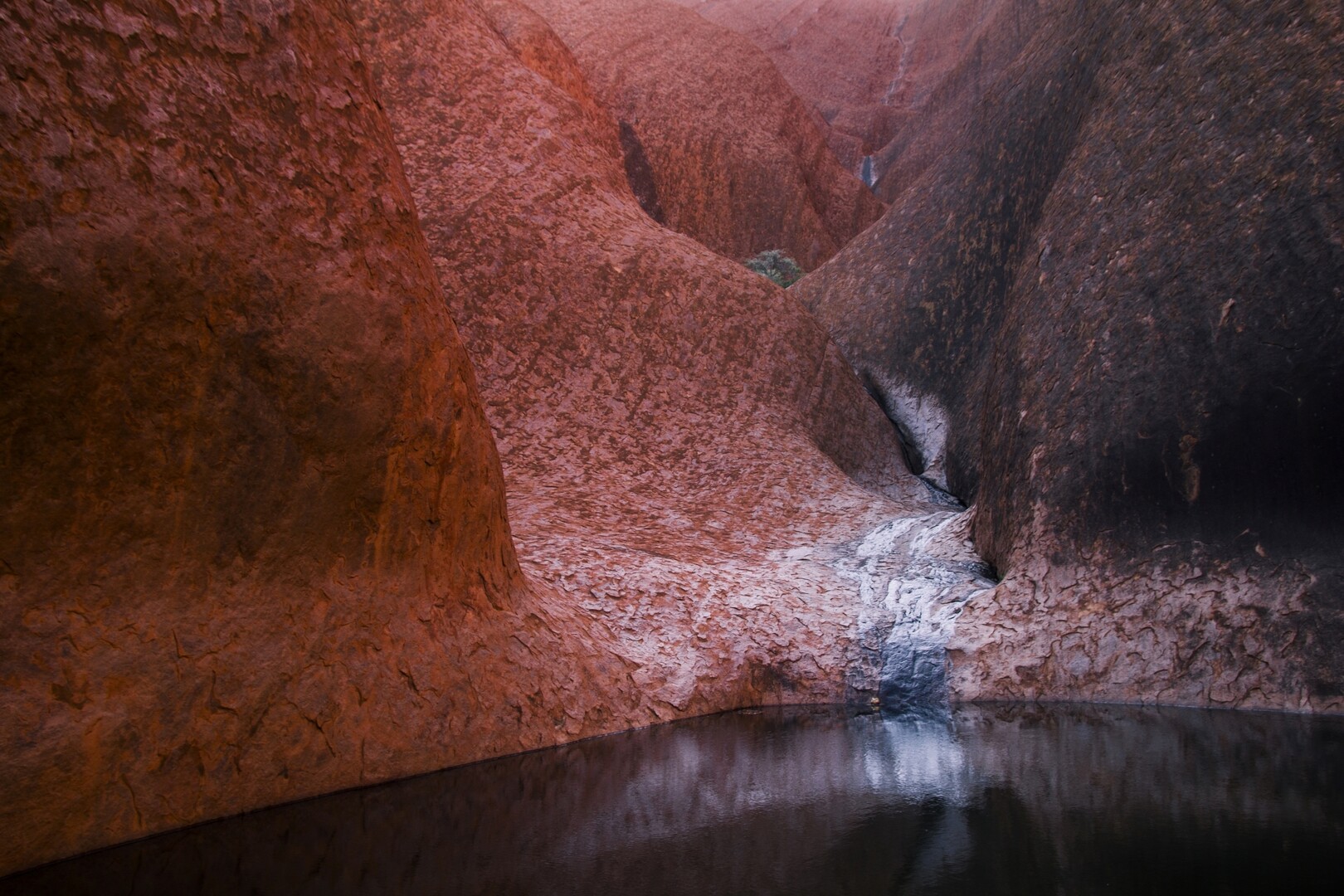
Experience the life-giving waterholes around Uluru's base, including Mutitjulu Waterhole, which has sustained Aboriginal people for millennia and continues to support diverse wildlife in this arid landscape.
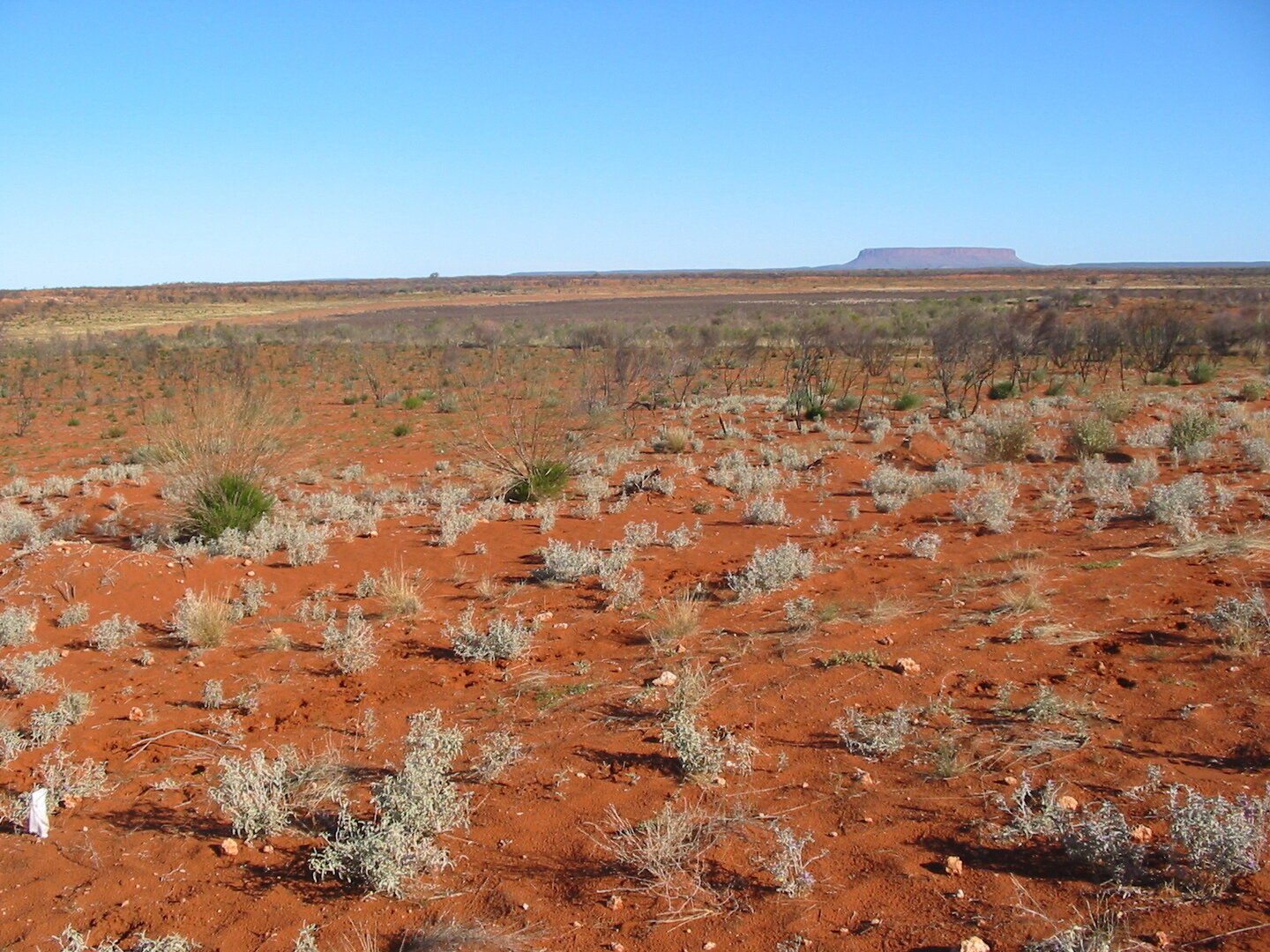
Immerse yourself in the vast Red Centre landscape, where ancient soils create the iconic red earth, spinifex grass dots the plains, and the endless horizon showcases Australia's incredible desert beauty.
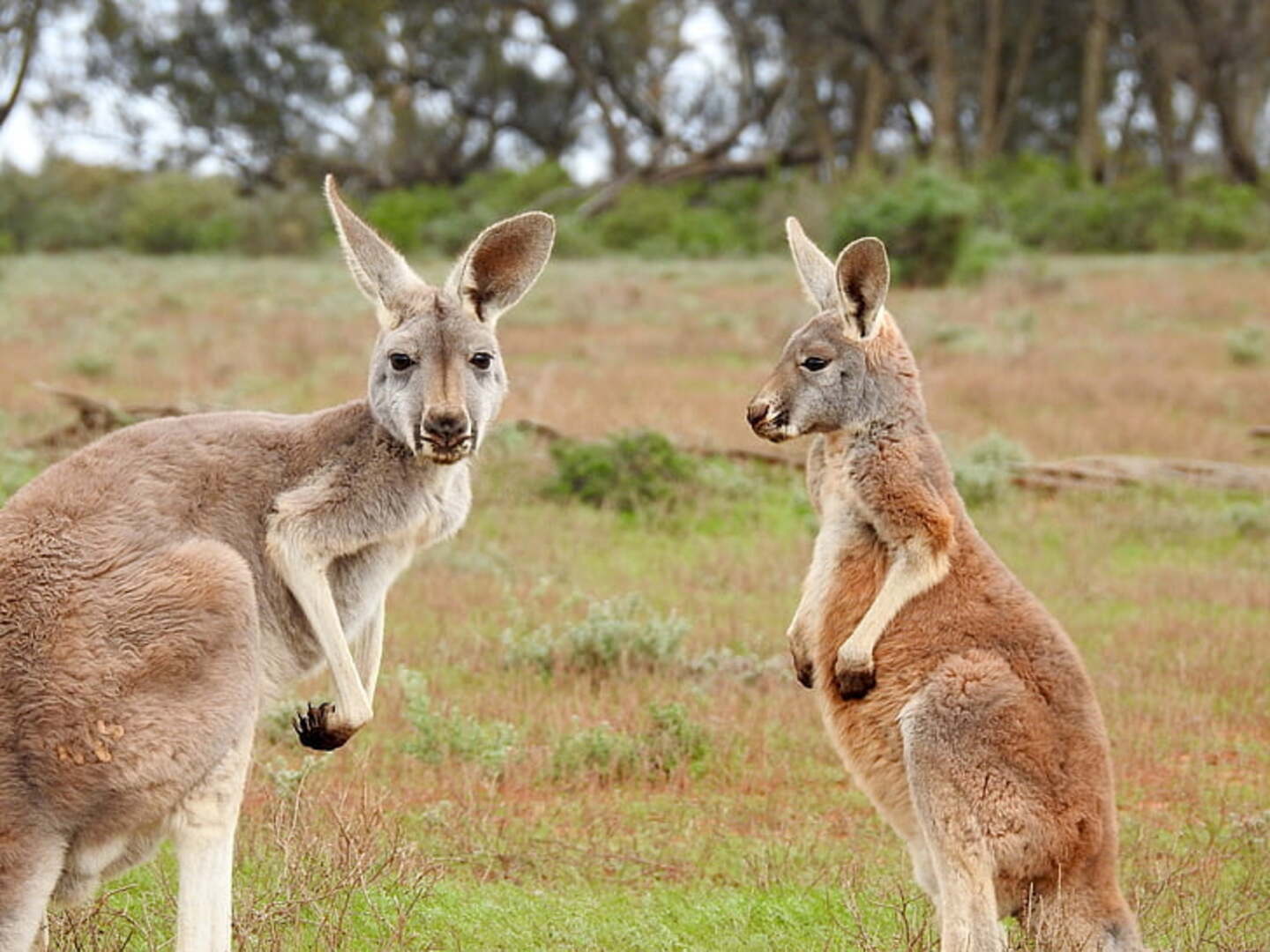
Encounter the remarkable wildlife of the Red Centre including red kangaroos, dingoes, echidnas, and over 170 bird species - all perfectly adapted to thrive in this unique desert ecosystem around Uluru.
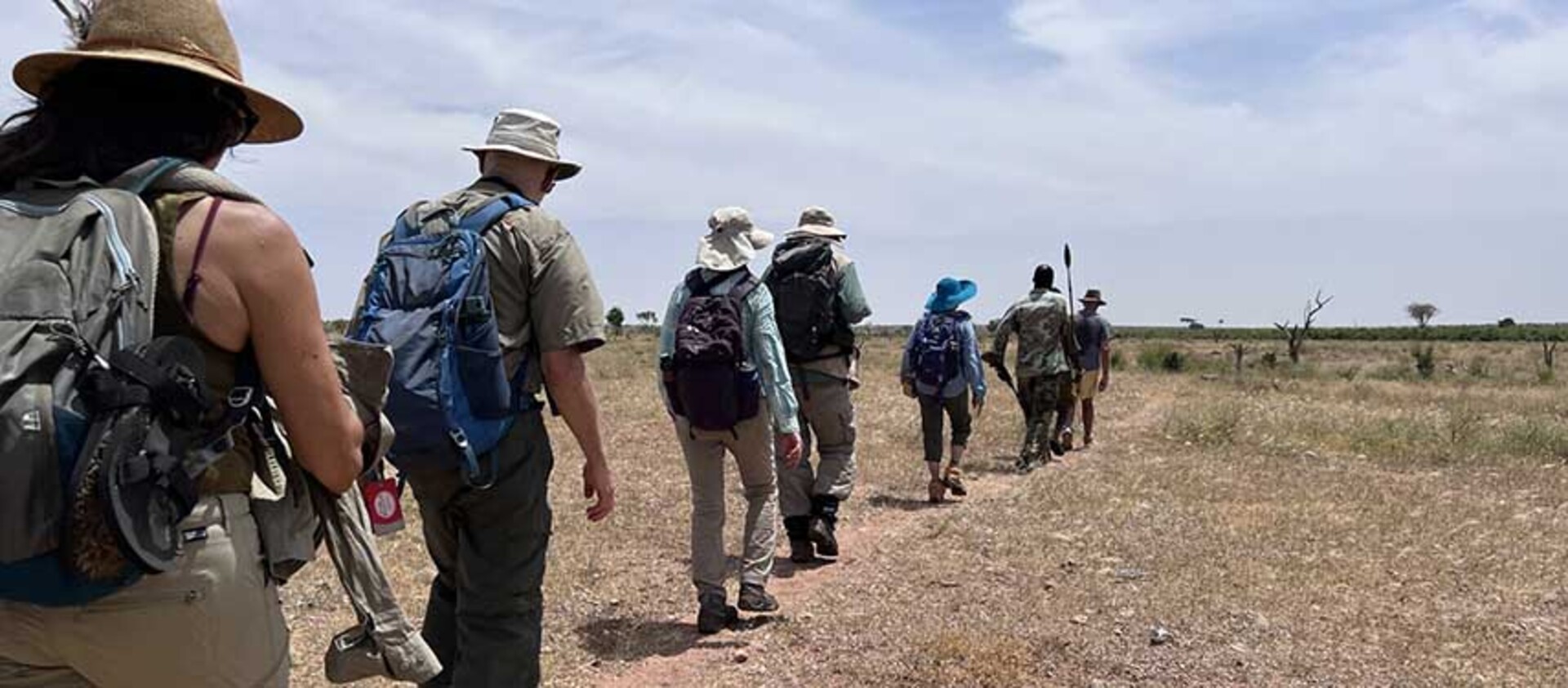
Prepare for your journey with these essential tips:
Address: Uluru-Kata Tjuta National Park, Northern Territory, Australia
Coordinates: 25.3444°S, 131.0369°E
Located in the heart of Australia's Red Centre, accessible by air to Ayers Rock Airport or by car from Alice Springs (450km). Accommodation available at Yulara Resort.
Wear comfortable walking shoes, sun protection including hat and sunglasses, and light, breathable clothing. Bring layers as desert temperatures can vary greatly between day and night.
The shorter walks around Uluru's base are suitable for families with children. Some sections are wheelchair accessible. The longer Kata Tjuta walks require good fitness levels.
Yes, a park entry pass is required for Uluru-Kata Tjuta National Park. Passes are available for various durations and can be purchased at the entry station or online.
Yes, photography is encouraged from designated areas. However, please respect cultural sensitivity guidelines and avoid photographing sacred sites or areas where signs indicate photography restrictions.
April to September offers the most comfortable temperatures. Summer months (December-February) can be extremely hot. Winter nights can be very cold, but days are pleasant for walking.
Yes, sections of the base walk are wheelchair accessible, and the Cultural Centre is fully accessible. Accessible parking and facilities are available at key viewing areas.
Look for red kangaroos, dingoes, echidnas, various lizards, and over 170 bird species including zebra finches and budgerigars, all adapted to the desert environment.